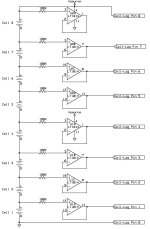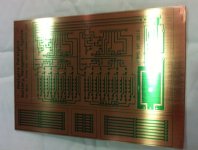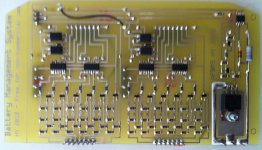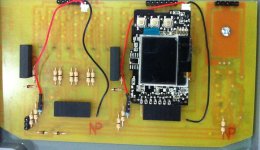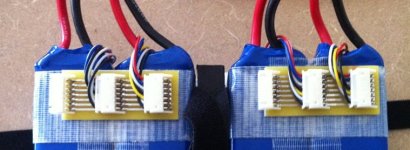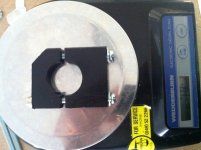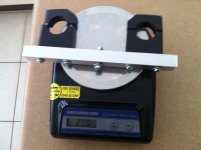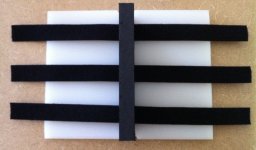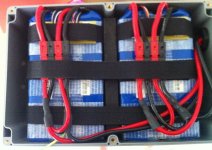heathyoung
100 kW
OK - Just a quick one.
I'm looking to use the Cell-Log 8's for a BMS - the one thing that is annoying me is that they have uneven drain across the cells. One member mentioned that they were seeing 100mV in 2 months, thats a bit ugly.
So - how to fix it?
You can mod the Cell-Log itself, but you remove the logging capability = FAIL
Or - you modify it to use rail-to-rail opamps, configured for unity gain, powered off the ends of the pack - the inputs of the opamps are basically infinite resistance (well, not really, but are far higher than anything else).
A quick search reveals a OPA1654AID is a 4 channel, unity gain, 4.5-36V single / dual rail opamp available in a SOIC14 package (about half the size of DIP). A quick sketch and transfer it to a PCB, bob is your proverbial. Its just a bit bigger than the footprint of a Cell-Log. The offset pin is used to select the last balance wire of the pack. Use wire links, or if you are OCD like me, use zero ohm 1/4W resistors. Yeah, I could have used double sided, but this is meant to be cheap and simple.
This will be used in the up-and-coming revision of the APBMS (Analysis Paralysis Battery Management System)
Feel free to steal it
I'm looking to use the Cell-Log 8's for a BMS - the one thing that is annoying me is that they have uneven drain across the cells. One member mentioned that they were seeing 100mV in 2 months, thats a bit ugly.
So - how to fix it?
You can mod the Cell-Log itself, but you remove the logging capability = FAIL
Or - you modify it to use rail-to-rail opamps, configured for unity gain, powered off the ends of the pack - the inputs of the opamps are basically infinite resistance (well, not really, but are far higher than anything else).
A quick search reveals a OPA1654AID is a 4 channel, unity gain, 4.5-36V single / dual rail opamp available in a SOIC14 package (about half the size of DIP). A quick sketch and transfer it to a PCB, bob is your proverbial. Its just a bit bigger than the footprint of a Cell-Log. The offset pin is used to select the last balance wire of the pack. Use wire links, or if you are OCD like me, use zero ohm 1/4W resistors. Yeah, I could have used double sided, but this is meant to be cheap and simple.
This will be used in the up-and-coming revision of the APBMS (Analysis Paralysis Battery Management System)
Feel free to steal it


